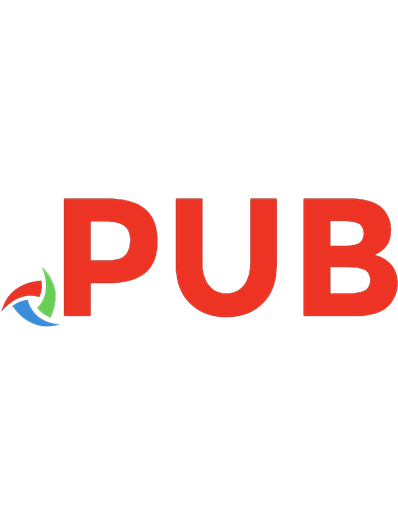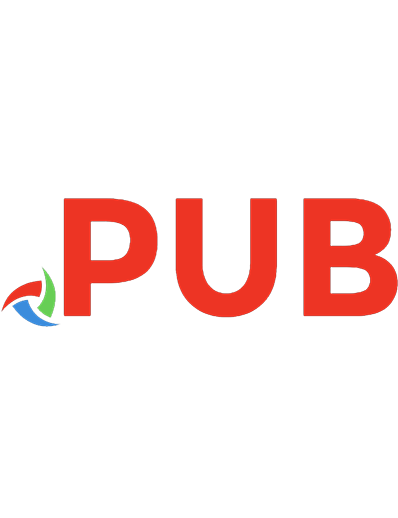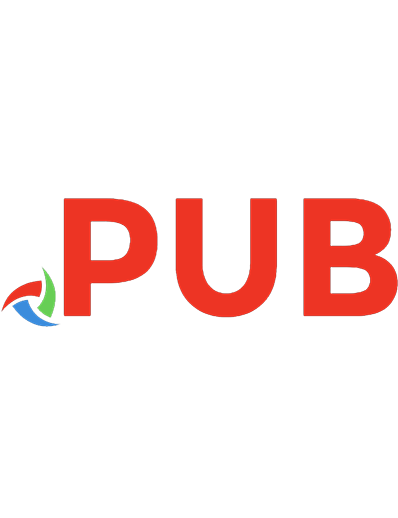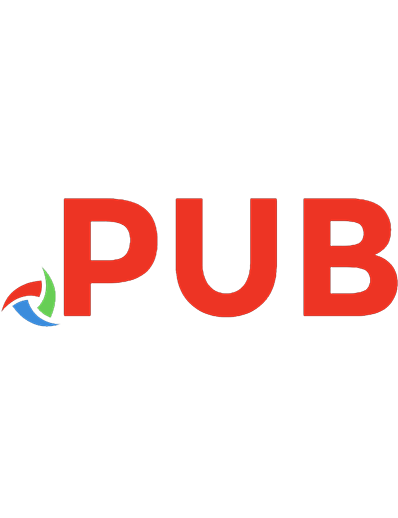Get Strong Lifelong: Three hours a week to gain muscle, lose fat, and stay healthy for life. 9798580224336
Being healthy, fit, and strong lifelong is easier than you think. Doctors often stress the importance of being healthy,
766 121 5MB
English Pages 178 Year 2020

- Author / Uploaded
- DUTTA M.D.
- SANJOY
- Categories
- Physical education and sport
- Bodybuilding
- Commentary
- Three hours a week to gain muscle, lose fat, and stay healthy for life.
Table of contents :
Introduction: Is this book for you?
Don’t Join the 0.1%
Join the 12%
Of course, start with caution and common sense
Chap 1. Becoming the Best Version of Yourself
Check your motivation
Be Realistic
Body image in popular culture is unrealistic
Normal body fat is okay
Becoming stronger, more athletic, and looking good is less effort than you think
Understanding vs. Doing
Citations
Chap 2. The Science of Muscle, Fat, and Your Body
Understanding Muscle
Your body usually adapts to your rate limiting ability
Aerobic workouts are limited by cardiovascular fitness rather than muscle size.
Strength workouts are limited by your muscle function and size.
Aerobic and Strength Workouts: a recap
Understanding Fat
Summary: Muscle and Fat and How Your Body Adapts to Exercise
Citations
Other References
Chap 3. The Science of Food
Food is Chemistry
Carbohydrates
Fats
Protein
The Energy in Food: Where is it?
Fiber
Vitamins and Minerals
Calories: A measurement of energy
Hunger and the availability of food.
How do I eat? Digestion determines the actual calories you get
Calorie Balance
In Summary: Food and your body
Citations
Other References
Chap 4. Using Resistance to build muscle
A Warning: Start Light
The “science” of designing an ideal muscle building program
The Exercise Program: The Schedule
The Exercise Program: Keeping Track of Progress
The Essential Barbell Exercises: Squat, Deadlift, Bench Press, Overhead Press.
Other Leg, Back, Chest, and Shoulder Exercise Examples
Calf and Arm Exercise Examples
Core and Abdominal Exercises
Exercises you should never do
Summary of the Program
Miscellaneous Questions at the End of the Book (Chapter 11)
Citations
Other References
Chap 5. Aerobic activity and fitness
HIIT versus steady pace
Activity for fat loss: Use a fitness tracker.
Measuring Progress
Don't Worry About Heart Rate
Summary
References
Chap 6. A diet for the rest of your life
Your “diet”
The only diet guidelines you really need to know
Meat vs Plant based diets
Calorie counting
Mindful and Slow eating
Avoid All or Nothing Thinking
Any other guidelines?
Summary: Putting it all together
Citations
Other References
Chap 7. Putting it all together: Progress, Adjustment, and Steady State Best
Do not set targets, just direction
Measuring yourself
“Guesstimating” your total body fat percentage
Choosing your direction
The Plan for Each Direction
Hunger and Muscle Growth
Measure your cardiovascular fitness
Your “steady state best”. Time to maintain
Calorie Counting App Predictions: Ignore Them
Summary
References
Chap 8. How to Stay Motivated Lifelong
Avoid all or nothing thinking
Just start. Don’t worry about the finish.
Focus on what you did, not what you didn’t
Are you loving this yet?
Chap 9. Your inner self.
The midlife crisis is real
Practice your emotional vocabulary
Practice gratitude
Journaling
Mental exercises help with brain health
Addiction
Friendships
Accept your mortality
References
Books
Chap 10. Your medical health
Seeing your doctor
Screen yourself for Sleep Apnea
Aspirin
Nicotine, Alcohol, Pot, and other substances.
Aging
Your Advanced Directive.
References
Chap 11. Don’t believe the hype: How to read about health and medicine critically before you change your behavior
Correlation vs Causation?
Is there a placebo effect? What is the control group?
What is being compared?
Can I connect the dots?
How are the numbers presented?
Does the Study have Power?
Are the subjects similar to you?
Is there a selection bias?
Are the findings short term or long term?
Even reputable medical journals tend to publish more dramatic results over truer ones.
Beware of anything that sounds like an advertisement:
Conclusion
References
Chap 12. Random Tips, Adjustments, and Questions
How to choose a gym:
Can I afford a home gym?
Weight etiquette and tips:
How much does the barbell bar weigh?
How to improve grip strength:
How to adjust if one side is much stronger than the other:
How to adjust when not getting stronger:
Is it okay to swap the exercises between workout 1 and workout 2?
Using supersets and alternating exercises to save time.
Isn't this a strength training routine rather than a muscle size building routine?
Can the program in this book be used for women?
Can I use protein shakes as a meal replacement if I am trying to lose fat?
Is stretching important?
How do I deal with pain or injury?
What if I want to train for a race?
Should I take vitamins?
Should I take creatine?
Chap 13. A Quick Summary and Request









